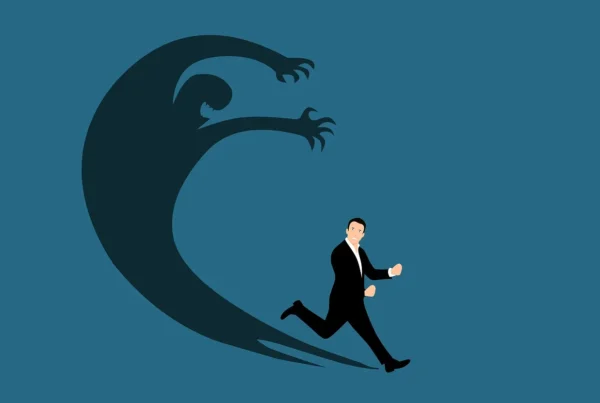Seasonal Affective Disorder: How to Support Your Mind and Body Through the Darker Months
November 10, 2025
As the clocks fall back and the days grow shorter, many people begin to feel a shift—not just in the weather, but in their mood, energy, and outlook. If you’ve noticed yourself feeling more tired, irritable, or withdrawn during the colder months, you’re not alone. You may be experiencing Seasonal Affective Disorder (SAD)—a type of depression that typically arises in late fall or early winter and lifts in the spring.
At eMOTION, we understand that emotional health is deeply connected to physical rhythms—light, sleep, nutrition, and even movement. Today, we’re sharing ways to support both your mind and body as the seasons change.
What is Seasonal Affective Disorder?
SAD is more than the “winter blues.” It’s a clinically recognized form of depression that follows a seasonal pattern and can significantly impact daily functioning. Common symptoms include:
Low energy or fatigue
Increased sleep or difficulty waking
Changes in appetite or cravings (often for carbs)
Loss of interest in activities
Feeling hopeless, anxious, or down
If you notice these signs returning year after year, it’s worth speaking to a mental health professional for a formal diagnosis and treatment plan.
Why Light Matters
Our brains rely on natural light cues to regulate mood, sleep, and hormones like melatonin and serotonin. With less daylight in fall and winter, your internal clock (circadian rhythm) can become disrupted- leading to fatigue, brain fog, and mood dips.
Supporting the Mind-Body Connection This Season
Here are a few evidence-based, therapist-recommended strategies to help you support mental health through the darker months:
1. Light Therapy
A light therapy box that mimics natural sunlight can help reset your circadian rhythm. Use it within an hour of waking up for about 20–30 minutes. Look for one with at least 10,000 lux and consult your therapist or physician first.
2. Consistent Movement
Gentle, regular movement—especially outdoors—can help boost mood-regulating chemicals like endorphins and serotonin. Even a brisk walk or stretching in sunlight can make a difference.
3. Eat to Stabilize Mood
Omega-3-rich foods (like salmon or walnuts), complex carbohydrates, and fermented foods may support brain and gut health. Avoid extremes in sugar and caffeine, which can amplify mood swings.
4. Mindful Routine Building
Shorter days can leave you feeling disoriented. Creating structured routines—especially around sleep, meals, and self-care—helps stabilize your nervous system and provide predictability.
5. Talk Therapy
You don’t have to navigate seasonal depression alone. Therapy can help you process difficult emotions, develop coping tools, and reconnect with motivation and meaning.
Our Clinical Lens
We view seasonal challenges like SAD not as personal failures, but as natural responses to environmental stressors. The body and brain are adaptive—and with the right supports, they can recalibrate. Light, nourishment, movement, and connection all matter.
If this season feels heavier than usual, we invite you to reach out. Whether through therapy, education, or a personalized wellness plan, we’re here to walk alongside you.
You’re not lazy. You’re responding to the rhythm of nature. And support is available.
Written by: Samantha Haesemeyer, PsyD, MEd
#SeasonalAffectiveDisorder #SADSupport #MentalHealthAwareness #MindBodyConnection #TherapyHelps #WinterBlues #LightTherapy #WholePersonCare
 Seasonal Affective Disorder: How to Support Your Mind and Body Through the Darker Months
Seasonal Affective Disorder: How to Support Your Mind and Body Through the Darker Months
Seasonal Affective Disorder: How to Support Your Mind and Body Through the Darker Months
 Pucker Up for Wellness: The Surprising Benefits of Sour Foods on National Pickle Day
Pucker Up for Wellness: The Surprising Benefits of Sour Foods on National Pickle Day
Pucker Up for Wellness: The Surprising Benefits of Sour Foods on National Pickle Day
 Facing Fear: Understanding the Psychology of Fear and How to Work With It
Facing Fear: Understanding the Psychology of Fear and How to Work With It
